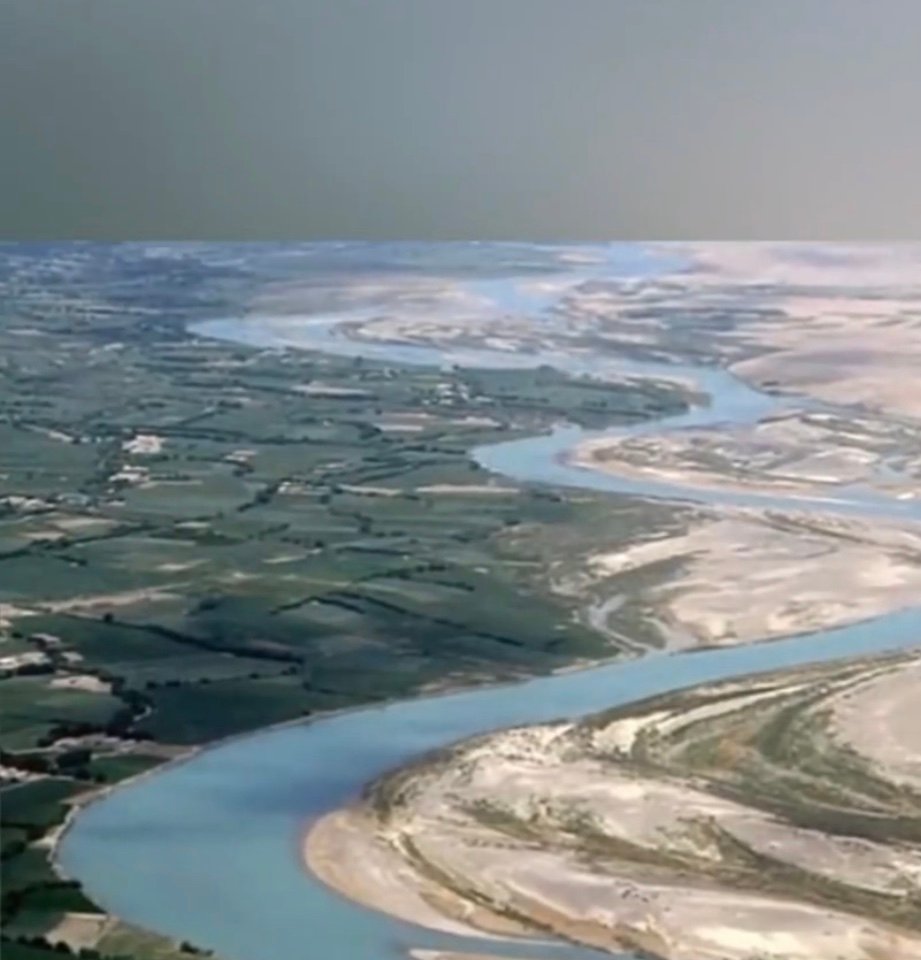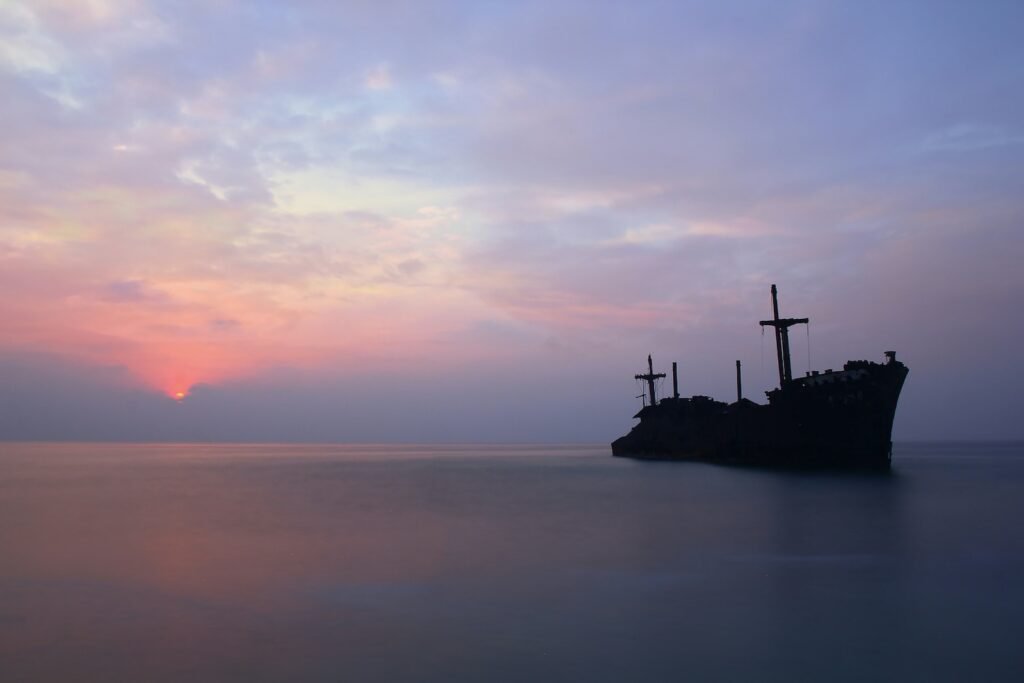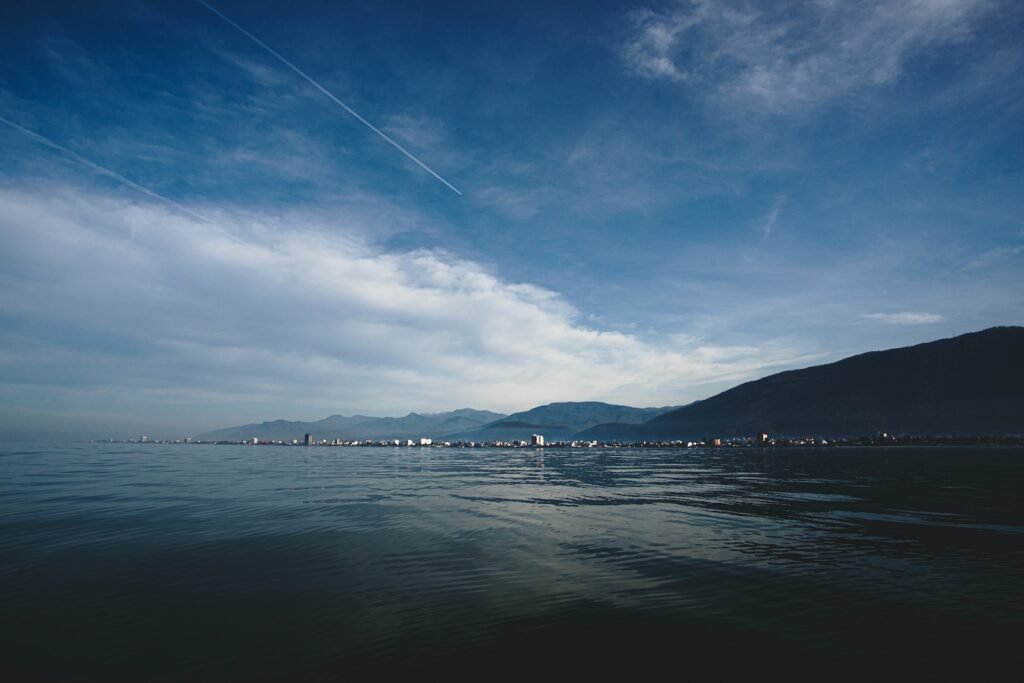The Caspian Sea and Persian Gulf
The Caspian Sea and the persian Gulf or Persian Sea are three significant bodies of water located in the Middle East. The Caspian Sea, the largest enclosed inland body of water on Earth, lies to the northeast of the Persian Gulf. These two water bodies have long been geographically separate, but there have been discussions and proposals to connect them through various projects. This article will explore the historical perspective of connecting the Caspian Sea to the Persian Gulf, weighing the potential benefits against the environmental concerns and geopolitical considerations.

Historical Perspective: Connecting Two Water Bodies
The idea of connecting the Caspian Sea to the persian Gulf or Persian Sea is not a new concept. It has been discussed and explored by various civilizations throughout history. One of the notable attempts was made during the reign of the Persian Empire, when King Darius I proposed a canal connecting the two water bodies. However, due to technological limitations and engineering challenges of that time, the project could not be realized. Since then, several proposals and discussions have taken place, but no concrete action has been taken to connect these water bodies.

Potential Benefits: Examining the Pros
Connecting the Caspian Sea to the persian Gulf or Persian Sea holds several potential benefits that make it an enticing proposition. One of the primary advantages is the economic boost it could provide in terms of trade and commerce. The connection would create a direct route for shipping goods between the Caspian Sea and the Persian Gulf, avoiding the need for lengthy detours. This would result in significant cost savings and increased efficiency for businesses engaged in trade between the two regions.
Economic Boost: Opportunities for Trade and Commerce
The proposed connection between the Caspian Sea and the persian Gulf or Persian Sea would open up new opportunities for trade and commerce. It would provide a shorter and more direct route for the transportation of goods, benefiting both landlocked countries surrounding the Caspian Sea and those countries located along the Persian Gulf. The reduced shipping distance would lower transportation costs, stimulate economic growth, and encourage bilateral trade agreements between nations. Moreover, the streamlined trade route would attract foreign investment, leading to the creation of jobs and boosting regional economies.
Energy Resource Expansion: Accessing New Reserves
Another potential benefit of connecting the Caspian Sea to the persian Gulf or Persian Sea is the access to new energy reserves. The Caspian Sea region is known to be rich in oil and gas reserves, and connecting it to the persian Gulf or Persian Sea would provide easier access to these resources. This connection would enable efficient transportation of oil and gas, opening up new markets for exporting countries and increasing energy security in the region. It could also lead to the development of new infrastructure and the establishment of refining and processing facilities, further stimulating economic growth.
Tourism Potential: Enhancing Cultural Exchange
Connecting the Caspian Sea to the persian Gulf or Persian Sea would also enhance the tourism potential of the region, leading to an increased cultural exchange between countries. The project would create new travel routes, allowing tourists to explore diverse landscapes, historical sites, and cultural heritage along the way. Tourists would have the opportunity to experience different cultures, taste local cuisines, and interact with people from various backgrounds. This exchange of ideas and traditions would foster understanding and promote peace and harmony among nations.
Environmental Concerns: Assessing the Cons
While the proposal to connect the Caspian Sea to the persian Gulf or Persian Sea may seem beneficial, it is essential to consider the potential environmental concerns associated with such a project. One of the major concerns is the impact on marine life. The Caspian Sea and the persian Gulf or Persian Sea are home to diverse ecosystems and a wide variety of marine species. Connecting the two water bodies could disrupt these ecosystems, leading to the loss of habitats, alteration of migration patterns, and potential extinction of certain species.
Impact on Marine Life: Ecological Consequences
The connection between the Caspian Sea and the persian Gulf or Persian Sea could have severe ecological consequences, particularly for marine life. The mixing of different water bodies with varying salinity levels, temperatures, and nutrient concentrations could disturb the delicate balance of these ecosystems. Additionally, the transportation of invasive species from one body of water to another could further disrupt the natural biodiversity. It is crucial to carefully assess the potential ecological impacts and implement measures to mitigate any adverse effects before proceeding with the project.
Water Supply Challenges: Balancing Freshwater Needs
Another environmental concern associated with connecting the Caspian Sea to the persian Gulf or Persian Sea is the challenge of balancing freshwater needs. The Caspian Sea, being a closed body of water, has a different salinity level compared to the Persian Gulf. Mixing the two bodies of water could impact the availability and quality of freshwater resources in the Caspian Sea region. Careful consideration must be given to ensure that the project does not exacerbate existing water scarcity issues or harm the delicate balance of freshwater ecosystems.
Geopolitical Considerations: Potential Conflicts
The geopolitical considerations surrounding the connection between the Caspian Sea and the persian Gulf or Persian Sea cannot be overlooked. The project would involve cooperation and agreements among multiple countries, each with their own political and economic interests. Disputes over ownership, control, and usage of the connected water bodies could arise and potentially escalate into conflicts. It is essential to engage in transparent negotiations, establish clear regulations, and address the concerns of all participating countries to ensure a peaceful and mutually beneficial outcome.

Infrastructural Hurdles: Overcoming Engineering Challenges
One of the significant obstacles in connecting the Caspian Sea to the persian Gulf or Persian Sea is the engineering challenges involved in constructing the necessary infrastructure. The project would require the construction of canals, pipelines, and pumping stations spanning vast distances and diverse terrains. Overcoming these engineering hurdles would demand substantial financial investments, technological advancements, and careful planning. It is crucial to assess the feasibility and sustainability of the project, considering factors such as geological stability, environmental impact, and long-term maintenance requirements.

Weighing the Pros and Cons
The proposal to connect the Caspian Sea to the persian Gulf or Persian Sea presents both advantages and disadvantages. While the project would offer economic benefits through increased trade, energy resource expansion, and tourism potential, it also raises environmental concerns regarding the impact on marine life and water supply challenges. Additionally, the geopolitical considerations and infrastructural hurdles pose their own set of challenges. Before pursuing such a connection, a comprehensive analysis is necessary, taking into account the potential benefits and risks, and ensuring that measures are in place to mitigate any adverse effects. Only through careful evaluation and collaborative efforts can the Caspian Sea to persian Gulf or Persian Sea connection be considered a viable and sustainable endeavor.
